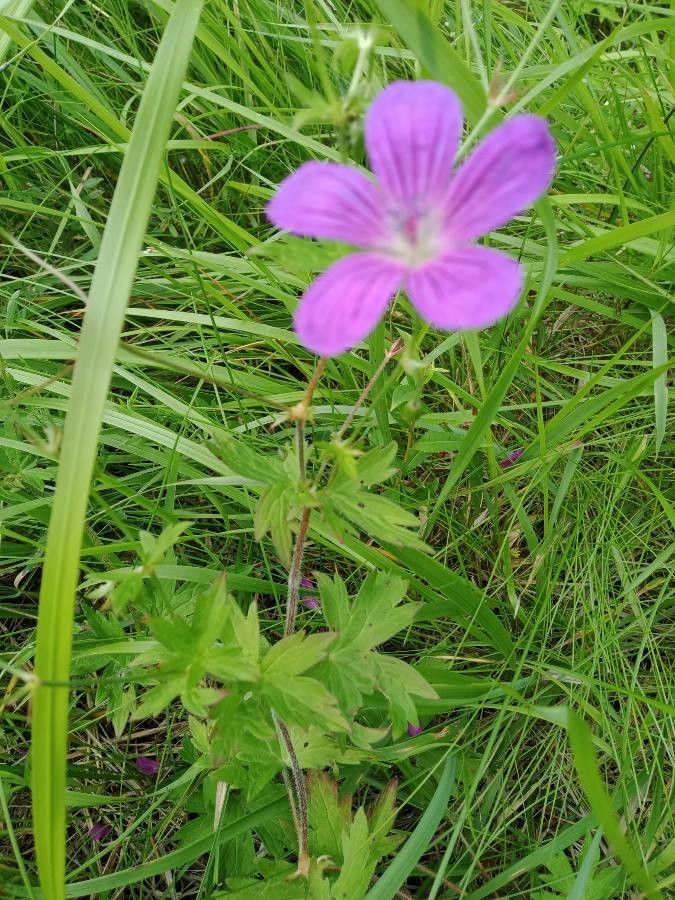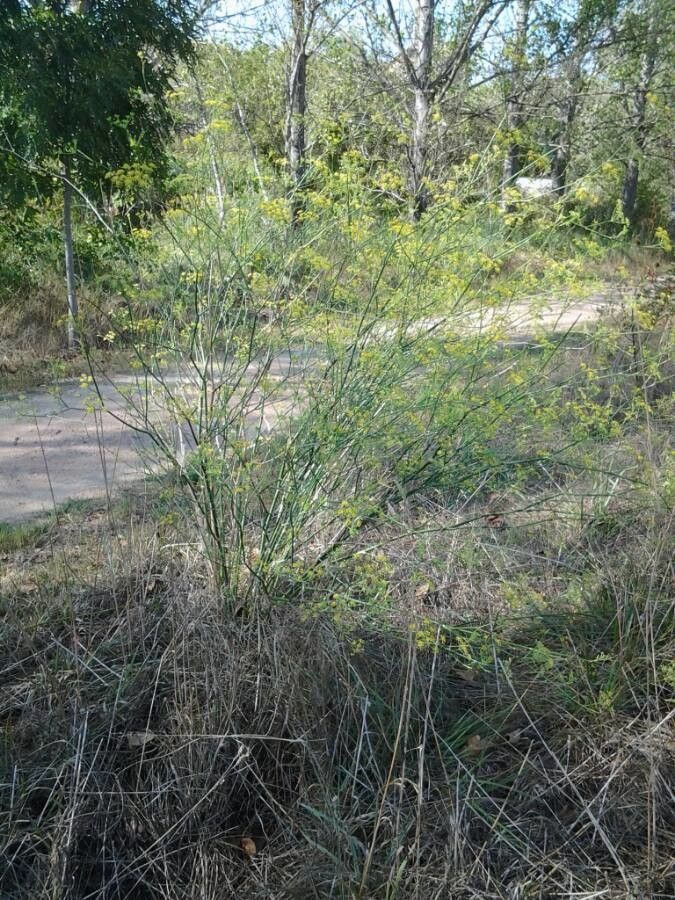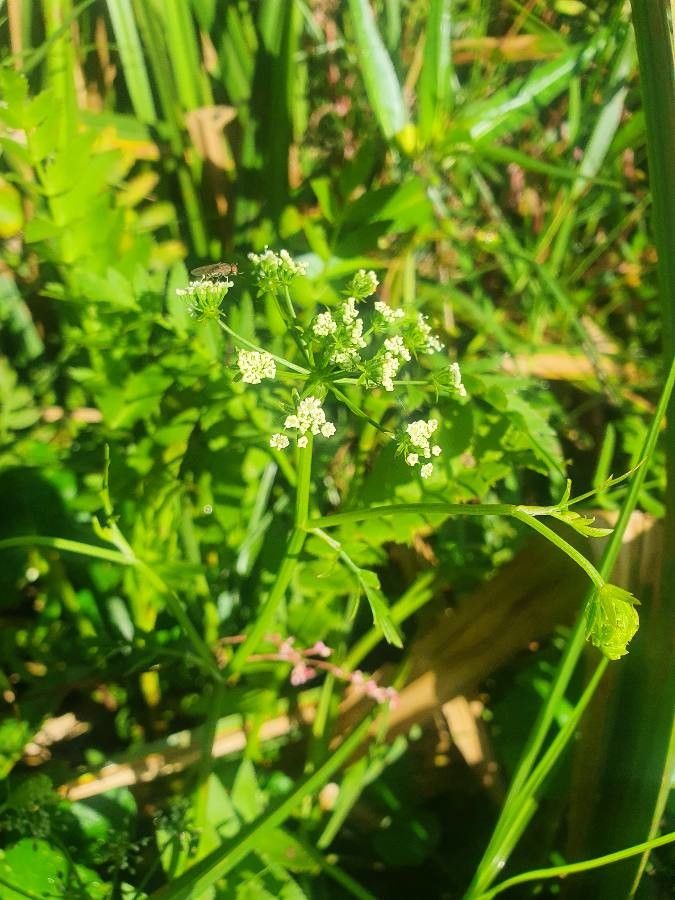## Hair Sedge: A Comprehensive Guide to *Carex hirta*
Hair Sedge (*Carex hirta*), a charming member of the Cyperaceae family, is a common sight in many parts of the world. Often mistaken for grass, this intriguing plant offers a unique texture and subtle beauty to meadows and woodland edges. This guide delves into the fascinating world of Hair Sedge, covering identification, habitat, cultivation, and care.
### Identification
Distinguishing Hair Sedge from other similar plants requires a keen eye. Key features include its hairy leaves, giving it its common name, and its distinctive flower spikes. The leaves are typically 5-30cm long and 2-5mm wide, with a noticeable roughness to the touch. Unlike some sedges, *Carex hirta* boasts a distinctly hairy texture, especially on the leaf sheaths. The flower spikes, appearing in spring and summer, are brownish-green and typically clustered together.
### Habitat and Growth
Hair Sedge thrives in a variety of habitats, showcasing its adaptability. It's commonly found in meadows, pastures, and woodland edges, preferring moist, well-drained soils. It tolerates partial shade but will also grow in full sun, especially in cooler climates. Its ability to spread through rhizomes allows it to form attractive clumps over time, making it a valuable addition to naturalistic gardens or wildflower meadows.
### Sun Exposure and Soil Needs
Hair Sedge is remarkably adaptable concerning sun exposure. It can tolerate full sun but also thrives in partial shade. The ideal soil conditions for Hair Sedge are moist but well-drained, slightly acidic to neutral pH. Heavy clay soils should be avoided, as they can lead to root rot. While Hair Sedge can handle drier periods once established, consistent moisture is crucial, particularly during active growth periods.
### Cultivation and Care
Cultivating Hair Sedge is relatively straightforward. Propagation is easily achieved by dividing established clumps in spring or autumn. Plant the divisions at the same depth as they were originally growing, ensuring adequate spacing to allow for future expansion. Regular watering is important, particularly during the first year, until the plant establishes a robust root system. Minimal fertilization is needed; Hair Sedge thrives in nutrient-poor conditions. Weed control may be necessary initially, especially in competitive environments.
### Uses and Benefits
While not widely used commercially, Hair Sedge plays a crucial role in the ecosystem. It provides habitat and food for various insects and other invertebrates. In garden settings, it can add a touch of natural charm and texture, working well in borders, wildflower meadows, or naturalistic plantings. Its tolerance to different conditions and low maintenance requirements make it a versatile option for eco-conscious gardeners.
### Potential Pests and Diseases
Generally, Hair Sedge is quite resistant to pests and diseases. However, overwatering can lead to fungal diseases like root rot. Good drainage and appropriate watering are essential for preventing such issues. Slugs and snails may occasionally pose a problem; manual removal or slug pellets can be employed if necessary.
Hair sedge offers a unique blend of aesthetic appeal and ecological significance. Its ease of cultivation and adaptability make it a welcome addition to any garden that strives for biodiversity and natural beauty.
Hair Sedge: Care Guide & Identification

Frequently Asked Questions
How do I identify Hair Sedge?
Look for hairy leaves (5-30cm long, 2-5mm wide), brownish-green flower spikes clustered together, and its preference for moist, well-drained soil. Compare it to images online for confirmation.
What are the care requirements for Hair Sedge?
Hair sedge needs moist but well-drained soil and tolerates full sun to partial shade. Water regularly, especially during the first year, and minimal fertilization is required. Watch for slugs and snails.


